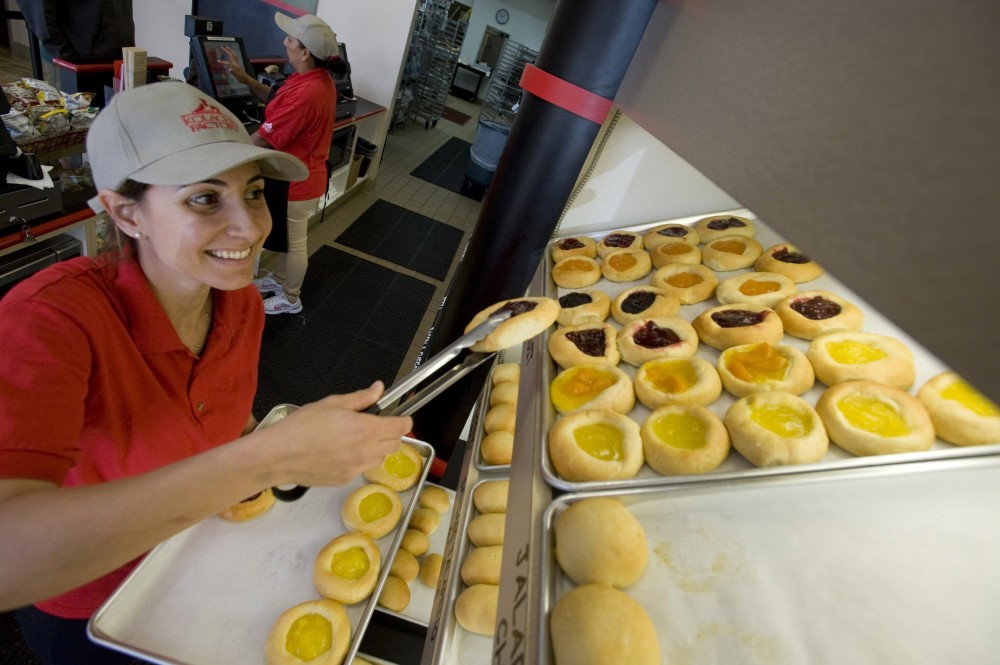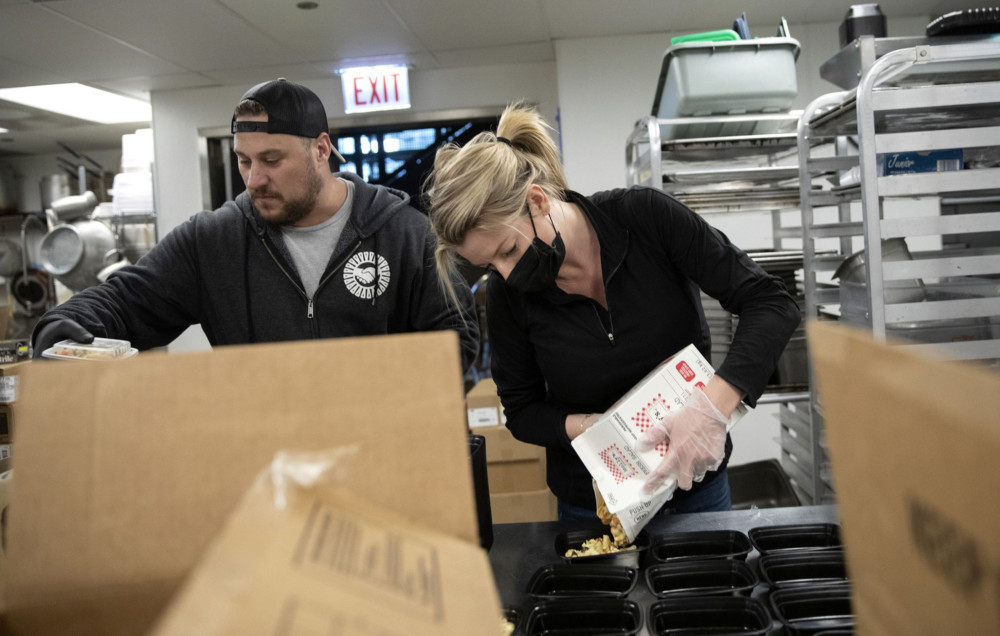By Lily Leung
The Orange County Register
Kathy Skaff knew the odds were stacked against her as she attempted to transition from contract specialist at a medical company to first-time business owner of a franchise pastry restaurant.
The Orange County, Calif., mother of three had the corporate experience, but Skaff lacked a track record of operating her own business.
So when Skaff turned to Bank of America for a loan more than a year ago, it was no surprise she was rejected. The funding risk for a novice restaurateur was considered too high.
“I was warned by every single person I talked to, even the loan officer,” said Skaff, who wanted to start a business for a more flexible schedule and family time. “It’s a tough industry to get into, but I did think I was slightly less risky because the (franchise) model seemed to work in other states.”
But Bank of America offered Skaff a possible solution. It referred her to nonprofit lender CDC Small Business Finance, which in 2011 began to issue government-backed loans of up to $250,000 to groups that are often denied conventional loans because they’re viewed as higher risks including companies in low- to moderate-income neighborhoods.
That kind of lending was made possible through Community Advantage, a part of the much-trumpeted Small Business Jobs Act of 2010 that was meant to stimulate the flow of small-dollar business loans.
The program recently was extended beyond its initial three-year run, despite stumbles including a slow rollout and daunting paperwork requirements that kept it from helping more than a few businesses.
In fiscal 2013, the Small Business Administration issued about 270 Community Advantage loans nationwide. Small-company lending has lagged since the 2008 financial crash.
The Community Advantage program, which has been extended to March 2017, allowed non-banks, such as certified development companies and community development financial institutions, to issue SBA loans for the first time.
“Bigger lenders don’t want to process smaller loans because it can cost as much to process a $25,000 loan as it would a $2.5 million loan,” said Stacey Sanchez, the senior community loan officer who helped Skaff get funding for her business.
To encourage non-banks to lend, the U.S. Small Business Administration guarantees a portion of the loans in the event of a default. Since lenders are taking on higher-risk borrowers, they’re allowed to charge higher-than-market interest rates, currently capped at 9.25 percent.
Everything lined up for Skaff. After a 10-month loan process, she received the maximum funding of $250,000 to open up a location of Kolache Factory, a Houston-based franchise that serves eponymous Eastern European doughy treats that Skaff grew up eating. The Tustin, Calif., storefront, which had its grand opening in October, is the first in the state.
“I’m very lucky,” said Skaff, who works on a 6 a.m. to 3 p.m. schedule. “I get my kids ready for school in the morning, I come in and get out early enough that I pick up boys from school.”
Not everyone wanted to continue Community Advantage.
Nydia M. Velazquez, D-N.Y., ranking member of the House Small Business Committee, says the pilot program had “little impact” on getting smaller loans to needy communities, based on a March memo to House Budget Committee Chairman Paul Ryan, R-Wis. She pointed out that certain states lack Community Advantage lenders, and a number of states have only one lender option.
Agency officials acknowledge the program’s shortfalls. The program had a slower start than expected, as lenders had to be vetted for a new program.
“We’d like more lenders,” said Christopher A. Lorenzana, lead economic development specialist at the SBA’s Santa Ana, Calif., office. “This is a program that was limited in scope because it was confined to those mission-focused lenders, and a lot of small businesses may not be aware of it.”
The SBA wants to grow its lender network from 50 to 200-plus by the end of next fiscal year, and expects to issue more than $200 million in capital.
Assuming those goals are met, an SBA budget memo says, the program will be made permanent.
What could deter borrowers and lenders from participating in the program are its extensive underwriting rules.
Skaff is grateful she received funding, but says the production and tracking of paperwork for her $250,000 loan seemed excessive. Reimbursements, regardless of how small, had to be recorded with before-and-after bank records. Because the loan process dragged on, certain paperwork had to be refilled and reprocessed because it had expired.
“They seemed a little much,” Skaff said.
She also was surprised that her SBA loan had to be fully collateralized, with her cars and home.
Claudia Viek, chief executive of California microlender trade group Cameo, says it’s not unusual for lenders to ask novice business owners for collateral, which lessens their risk.
COMMUNITY ADVANTAGE LOANS:
Who qualifies: Underserved groups, including startups and businesses in low- to moderate-income areas. Borrowers must provide financial and tax records and credit scores. Retail applicants must not exceed an annual average $7 million in gross sales over three years.
Who loans: The Small Business Administration oversees lenders such as community development financial institutions and federally certified development companies.
Loan terms: The biggest loan is $250,000. Interest rates are currently capped at 9.25 percent. Collateral may be required.
SOURCES: SBA and CDC Small Business Finance















































































































































































































































































































































































